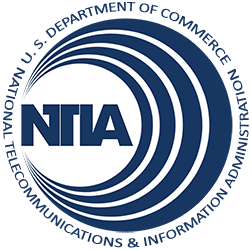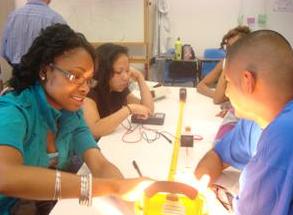Tracking BTOP Project Progress
This week, NTIA posted the most recent quarterly reports of BTOP recipients. It’s terrific to see these projects really begin to take off – from public computer centers opening, to infrastructure project groundbreakings, to sustainable broadband adoption training beginning – the benefits are becoming more and more visible.
For example, South Dakota Network’s $21 million infrastructure project began construction at several sites already, and construction is being accelerated into 2011. Also, the North Florida Broadband Authority’s $30 million infrastructure project has taken off in the last quarter: despite initial delays, its technical work over the last few months has resulted in the project exceeding the reliability and capacity hoped for in its application – at lower cost to boot.
Michigan State University’s Round 1 Public Computer Center project is rolling into the home stretch – it is running ahead of schedule and will essentially be complete by the end of this month. The computer centers upgraded so far are showing higher usership than anticipated, which validates the University’s Round 2 award to extend the Round 1 project significantly.
And One Community’s $19 million multi-state Sustainable Broadband Adoption project is also gaining momentum – project administrators and supervisors have been hired, training curriculum was developed, outreach to 130,000 people was conducted, and digital literacy training began for 1,100 people.


